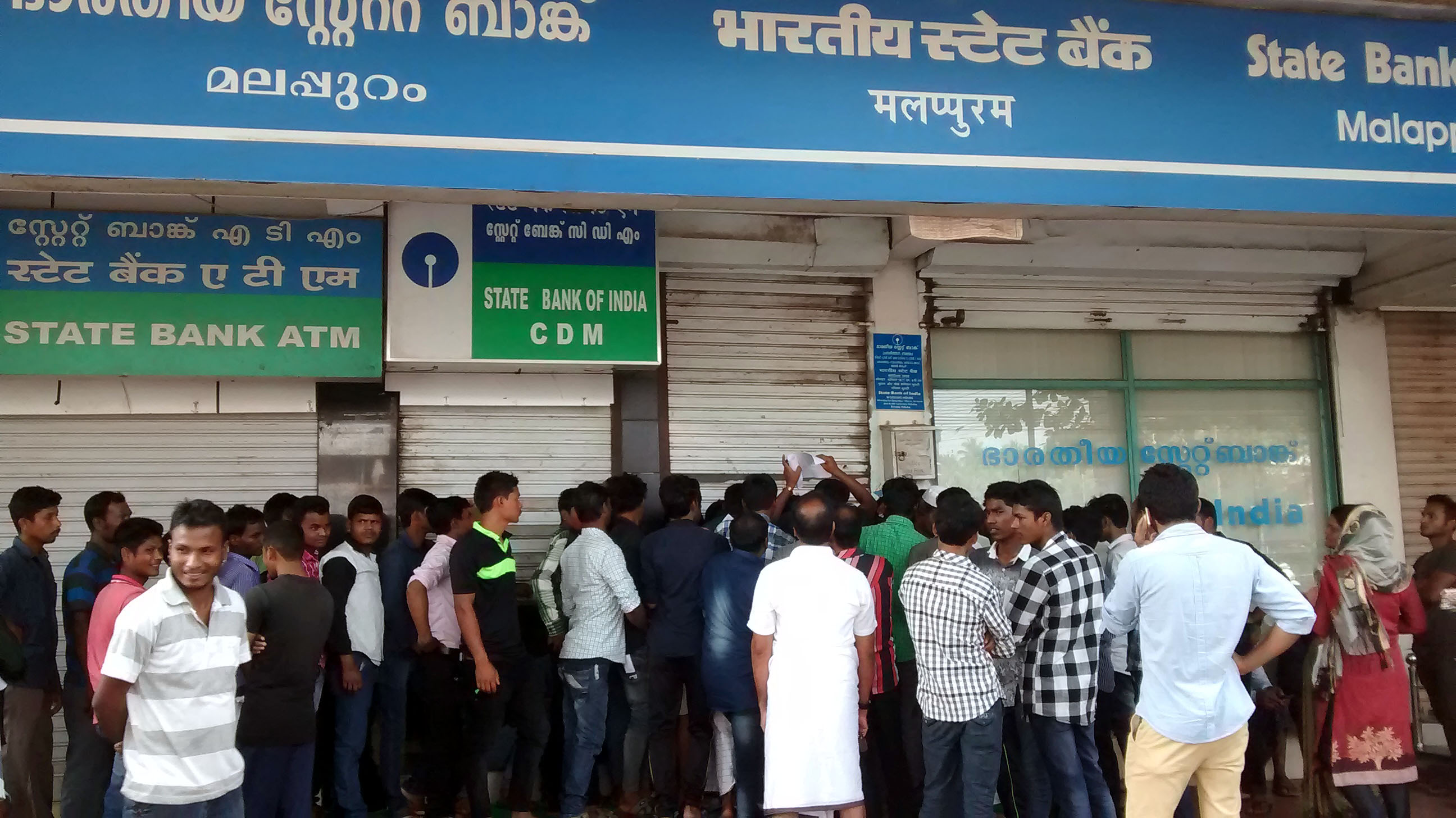Racism: Theory and Practice
By AMITA KANEKAR
How can we forget Atithee devo bhava (the guest is god), that pillar of Indian culture? Such was the lament from some sections of the Indian media following the latest murderous attacks on Africans, this time in Noida and triggered by the death of a local teenager. Five Nigerian students in the neighbourhood were arrested after being accused by locals of everything from drugging the boy to eating him, following which mobs began to search for and beat up other Africans, grievously injuring four men who were cornered in a mall. Except for arresting the Nigerians on charges of murder (they were later released for lack of evidence), and thus adding credence to the wild rumours going around, the police did nothing.




 Some months ago, I had the opportunity to participate in a discussion on Goan literature in Portuguese. Central to that discussion was the question of defining a canon of Goan literature in Portuguese. For example, where would the history of such a literature begin from? Who could be considered Goan for the purposes of constructing such a history? In the course of these discussions, a question was half-jocularly posed: could Camões be considered Goan?
Some months ago, I had the opportunity to participate in a discussion on Goan literature in Portuguese. Central to that discussion was the question of defining a canon of Goan literature in Portuguese. For example, where would the history of such a literature begin from? Who could be considered Goan for the purposes of constructing such a history? In the course of these discussions, a question was half-jocularly posed: could Camões be considered Goan?